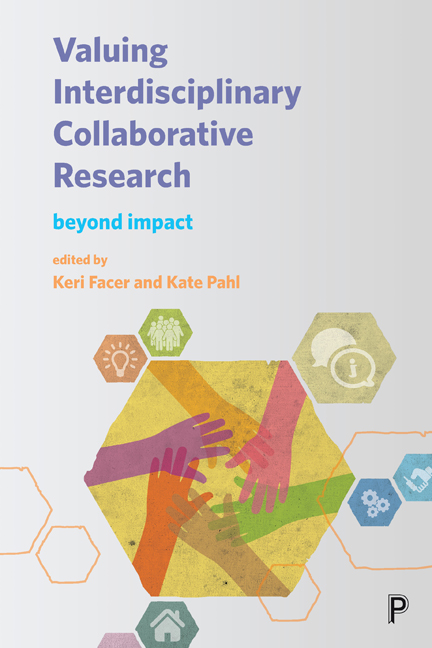Nine - Culturally mapping legacies of collaborative heritage projects
Published online by Cambridge University Press: 05 April 2022
Summary
Introduction
In this chapter we explore how cultural mapping can act as a means to understand the legacy of collaborative heritage research. We reveal the difficulties inherent in capturing this story, including resolving the tensions between organising structures and the practices of chance and serendipity that shape the experiences of people in their heritage work. This gets to the heart of what happens to knowledge and our understanding of practices when we try to capture, share and translate specificities from our research collaboratively. Here we suggest how the visual and discursive aspects of cultural mapping can offer a means to accommodate such tensions. Using data from community groups and focusing on the collaborative role of a community partner in designing and evaluating this research, we introduce our mapping toolkit (available at www.heritagediy.co.uk) as a legacy output. We trace some of the actual stories from the heritage groups and show how they draw attention to legacies of conducting community-based heritage projects. The underpinning research involved in producing this legacy output highlights the attention we need to pay to multiple voices, narratives and types of impact that are important in people's lives.
The heart of our chapter is concerned with the question of why and how we should tell the story of community-based heritage research projects. Why might stories need to be captured? Might it be for new community groups to learn lessons to succeed in future projects; for strategic thinking about policy initiatives in relation to participatory research; or for researchers and funding bodies in relation to collaborative practices? These questions draw attention to what legacy capturing is all about for community-based heritage projects: that it is not simply the nature of the heritage itself, the outputs created, or quantifying the number or nature of people involved that is important; it is about the qualitative impact that such storytelling can have on how we understand, share and practise processes involved in collaborative heritage projects. Once the content of the legacy narrative is identified, this leads onto a related question of how we can best articulate the legacy. What is the best way to represent the stories and their various twists and turns? Can, and should, those twists and turns be organised into some kind of structure; or will this diminish features of emergence and serendipity that may be at the heart of volunteer-led community projects?
- Type
- Chapter
- Information
- Valuing Interdisciplinary Collaborative ResearchBeyond Impact, pp. 191 - 214Publisher: Bristol University PressPrint publication year: 2017



